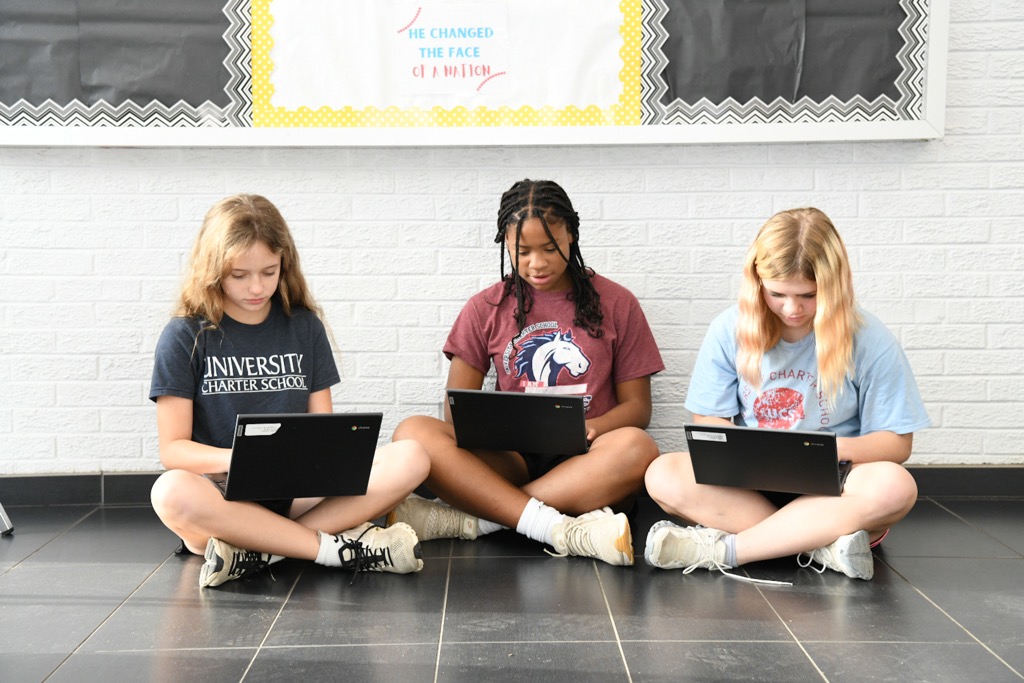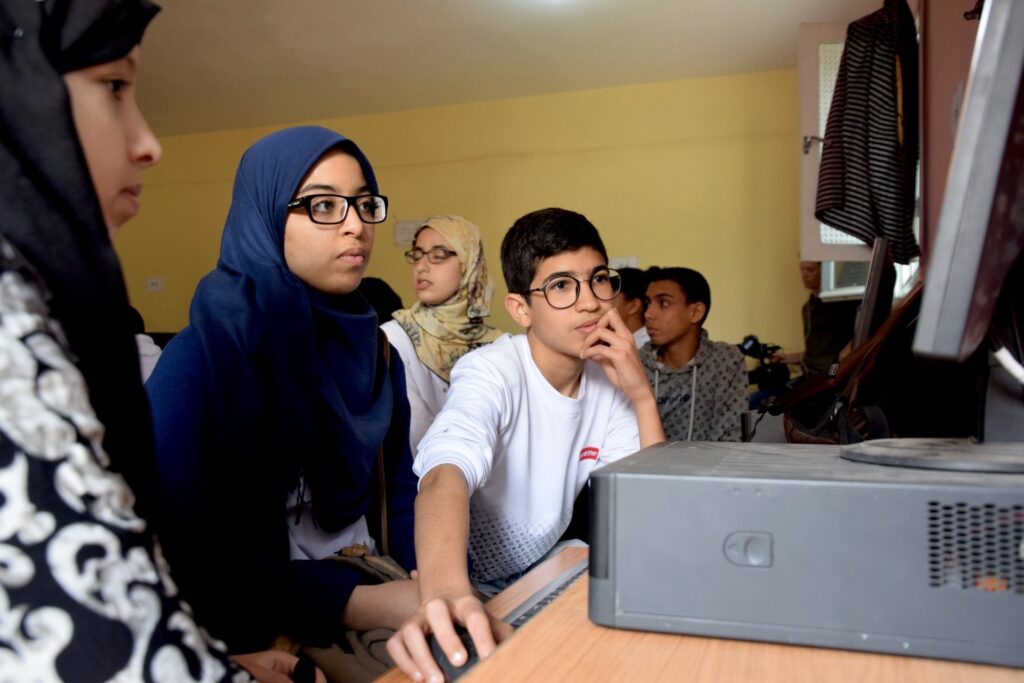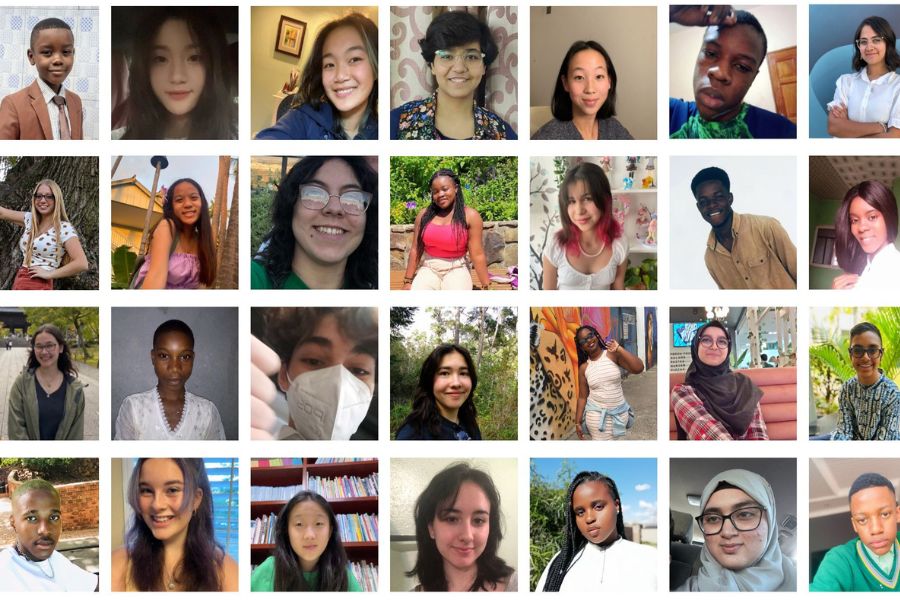Overcoming Bias In AI Course
Enroll your class to learn about overcoming bias in AI, and connect them to fellow youth in the Middle East North African region
Home » Overcoming Bias In AI Course
- FREE OF CHARGE
- Three Live Virtual Events (45 minutes each)
- Age 13 - 18
Overcoming Bias in AI, developed by youth ages 13-23 from the US and MENA. It invites youth to explore causes, impacts, and examples of bias in AI, as well as strategies for addressing that bias.
Register now to enroll your class in our free programs in 2025, which includes three 45-minute live events, peer story exchanges Free online resources.
[Image description: A classroom of diverse youth using laptops and tablets. End of image description.]
Free Online Course With Live Virtual Sessions
Modules
Module 1
Youth introduce the concepts of bias and AI, sharing real-world examples and implications
Module 2
Youth unpack the diverse sources of bias in AI (from training datasets, algorithms, and users)
Module 3
Youth introduce several ways of addressing AI bias, with concrete actions that can be taken by users and developers alike.
Module 4
Live virtual exchange event bringing together youth from the US and MENA. Participants share and discuss how they use AI in their lives, their hopes and fears about AI, and how they can put awareness of bias in AI into action. (This live event will be hosted several times in 2025 to accommodate multiple schedules. Students do not have to complete the online modules to participate in the live event.)
Chief of Programs and Learning Sandra Stein, Ph.D., describes the course creation process.
Why Choose Our Program?
Free, Engaging, Quality Content
Live Events: US and MENA region students connect in real-time, engaging in meaningful conversations and cultural exchange.
Interactive Activities: Supplementary resources to keep your students engaged and motivated.
Accessibility Features: Subtitles, closed captions, and translations to ensure every student can participate.
Support for Educators: Access to training sessions, technical support, and ongoing communication with our team.
Progress Tracking: Easily monitor your students' progress and provide timely support.
Student Stories: Encourage your students to share their experiences and perspectives with their global peers.
Program Highlights

[Image Description: Three youth sitting on the floor of a classroom using laptops. End of image description.]
Live Events
- Paired Classes: Students from the US and MENA region engage in learning activities for 35 to 50 minutes per live event.

[Image Description: Three youth looking at a desktop computer screen. End of image description.]
Engaging Topic
- Global Topic: Covers the interesting topic of “Overcoming Bias” to drive meaningful discussions and global awareness.

[Image Description: Collage of diverse youth in an online live event. End of image description.]
Cultural Exchange
- Enhanced Cultural Understanding: Students learn about each other’s cultures, fostering empathy and global awareness.
How It Works
Registration
Once you register through this page, our team will contact you to schedule an orientation session to go through our program’s details and timelines.
On-boarding
Our team then schedules a training session to take you through our platform, class registration process, and answer any questions you might have.
Participation
Your students start engaging with our program and participate in 3 live events.
Completion
Upon program completion, your students will receive an official certificate from Global Nomads Group.
Commitment
Dedicating 45 minutes for 3 live events, with all course materials available online, allows for flexible timing and easy integration into your existing schedule.

